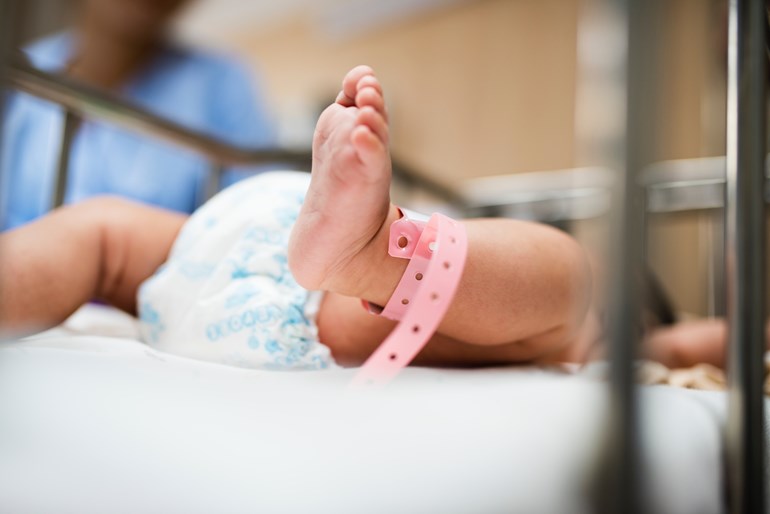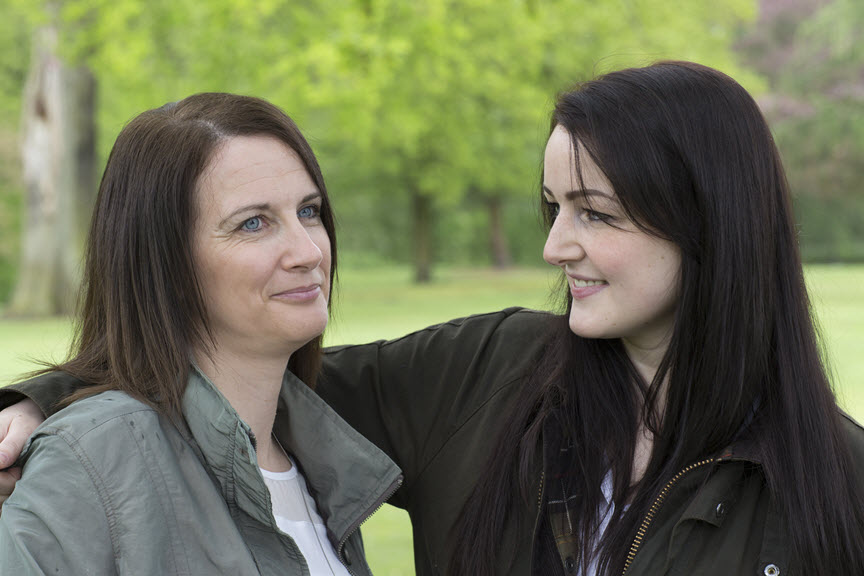Children aren’t little adults, and studies have made it clear that they cannot be treated as such if paediatric clinical trials are to be a success.[1] Globally, 50–90% of medicines prescribed are ‘off label’ – meaning that they’ve not been tested for their safety and efficacy in children.[2]
Adults and children differ in their physiology, pharmacodynamic characteristics and pharmacokinetic profile. Simply extrapolating from adult prescriptions for children is thus a risky business with damaging - even potentially fatal - consequences. [3]
Conducting clinical research on children isn’t easy, but the situation has improved. Legislation recently implemented in the EU and USA signifies a mutual commitment to the development of new treatments. In this article, we explore the challenges facing those conducting clinical research in children, and some ways that they can be overcome.
Regulations:
In the European Union, paediatric clinical trials are conducted under the 2007 Paediatric Regulation. This act provides the legal framework for safe research on children, ensuring that studies are high quality, ethically researched, and fully authorised.
The 2007 regulation provides information on project planning, recruitment, ethics, and obtaining consent. While less prescriptive, the Best Pharmaceuticals Act for Children in the USA has provided a similar impetus for the sector, granting drug companies an additional six months of exclusivity for any new formulations.
The 2007 Paediatric Regulation has been in place for nearly a decade, allowing the EU time to accurately assess the impact it has had. The EU has recently produced a report which found that “in 2007-2016 over 260 new medicines for use by children (new marketing authorisations and new indications) were authorised”.[4]
To further improve the quality and increase the quantity of paediatric clinical research, the World Health Organisation (WHO) has created its own International Clinical Trials Registry Platform that aims to: “improve research transparency and will ultimately strengthen the validity and value of the scientific evidence base” through sharing best practice.[5]
The European Commission has also recognised the issue and has taken action. As part of Horizon 2020, the European Commission has called for the creation of a pan-European Paediatric clinical trials network to accelerate the introduction of new clinical trials and the sharing of best practice.[6]
Whilst it is reassuring that research for children is covered by stringent legislation, the difficulty and expense in adhering to the complex and demanding legal frameworks can put off potential researchers. A recent study has concluded that regulatory and pharmaceutical issues have been the cause of most research delays because of researchers struggling to navigate the legal complexities.[7]
Numbers game
Paediatric clinical trials are often limited by small sample size, with only 38% of studies published between 1996 – 2002 having a sample size of over 100.[8] Couple this with a relatively high attrition rate, and clinical trials which involve children can be precarious.
The recruitment of children onto clinical trials is complex, far more so than in studies targeted at adults.[9] Bavdekar (2013) has identified a useful list of the common recruitment issues that affect Paediatric trials:
- Parents or guardians fear harm to the child.
- Parents may be reluctant to enrol children in research studies that do not offer perceivable immediate benefit.
- The childhood population is smaller and healthier than the adult population.
- There are complex ethical issues associated with paediatric research studies, including difficulties in gaining consent.
- Regulation.
The list can be split into two parts. The first is concerned with identifying suitable participants and the legal considerations of conducting paediatric clinical trials. The second is the importance of effective communication to gain consent.
A concerted effort in the EU and the US to simplify regulation is a having a positive impact. An interest and increase in clinical trials networks allow for the potential to expand the pool of research subjects in all trials, including paediatric ones. Successfully navigating the complex moral maze of ethics and consent is, however, much more of a challenge.
Informed consent
Generating informed consent in paediatric clinical research is complicated by the role of parents and guardians. To involve children in research, parents or guardian must provide consent by proxy, the implications of which can be complex.[10]
The EU has published its own ethical considerations for paediatric clinical trials which do provide some clarity but would benefit from the inclusion of best-practice guidelines.[11]
While parents and guardians may understand the need for clinical research, they are likely to be concerned about the impact on their children. Clinical trials on children have sometimes resulted in negative outcomes, often with high-profile media coverage as a result.
Generating informed consent involves spending time educating and informing the parents and guardians of children – and the participants themselves – to create a child-friendly environment, in which all parties are confident that research will be conducted safely.
In a study of patients and their parents, the most frequent observations were that parents should be given more time to make decisions, that the information provided should be relevant and relatable, and that communication should be logically structured. [12]
The UK’s Medical Research Council (MRC) recently produced guidelines for the management of global health trials suggesting that researchers should produce age-appropriate information about the study for children. This suggestion is an attempt to ensure that children feel part of the process, and – where possible – can provide their assent.
The ethical considerations are undeniably complex. However, with clear communication regarding the process, outcomes, and potential implications of taking part in a trial, all parties can be confident of their understanding from the beginning. Transparency and clear communication are therefore key as they are factors which, when implemented from the start, can reduce the likelihood of patients dropping out.
Looking to the future:
The delivery new paediatric drugs is still slow, but the public commitment and actions taken by organisations like the WHO and the EC is accelerating the process.
Closer collaboration and resource sharing across the EU and the rest of the world should help to reduce the burden on researchers, with new clinical trials networks simplifying the identification and recruitment of patients. Over time, this has the potential to accelerate the development of best-practice, and a more sophisticated and effective means to gain assent from children involved in clinical trials, and consent from their parents and guardians.
[1] Klassen TP, Hartling L, Craig JC, Offringa M. Children are not just small adults: the urgent need for high-quality trial evidence in children. PLoS Med. 2008;5:e172.
[2] Ernest TB, Elder DP, Martini LG, Roberts M, Ford JL. Developing pediatric medicines: Identifying the needs and recognizing the challenges. J Pharm Pharmacol. 2007;59:1043–55.
[3] Joseph PD, Craig JC, Caldwell PH. Clinical trials in children. British Journal of Clinical Pharmacology. 2015;79(3):357-369. doi:10.1111/bcp.12305.
[4] European Commission. Report from the Commission to the European Parliament and the Council State of Paediatric medicines in the EU – 10 years of the EU Paediatric Regulation. 2017 (Accessed 25 November 2017) Available at: https://ec.europa.eu/health/sites/health/files/files/paediatrics/docs/2017_childrensmedicines_report_en.pdf
[5] International Clinical Trials Registry Platform (ICTRP), World Health Organization. Online. Available from: http://www.who.int/ictrp/child/en/ (Accessed 25 November 2017)
European Commission, Creation of a pan-European Paediatric Clinical Trials Network. Online. Available from: http://ec.europa.eu/research/participants/portal/desktop/en/opportunities/h2020/topics/imi2-2016-10-04.html (Date Accessed: 25 November 2017)
[7] Meier-Girard D, Tibi A, Abdoul H, et al. Academic pediatric clinical research: factors associated with study implementation duration. BMC Medical Research Methodology. 2016;16:36. doi:10.1186/s12874-016-0138-y.
[8] Joseph et al. 2015.
[9] Bavdekar SB. Pediatric clinical trials. Perspectives in Clinical Research. 2013;4(1):89-99. doi:10.4103/2229-3485.106403.
[10] Spriggs, M., & Caldwell, P. H. Y. (2011). The ethics of paediatric research. Journal of Paediatrics and Child Health, 47(9), pp. 664-667.
[11] European Commission. Ethical considerations for clinical trials performed in children. 2006. (Accessed 25 November 2017) Available at: https://ec.europa.eu/health//sites/health/files/files/paediatrics/docs/paeds_ethics_consultation20060929_en.pdf
[12] Eder, ML et al. Improving Informed Consent: Suggestions From Parents of Children With Leukemia. Pediatrics Apr 2007, 119 (4) e849-e859; DOI: 10.1542/peds.2006-2208


